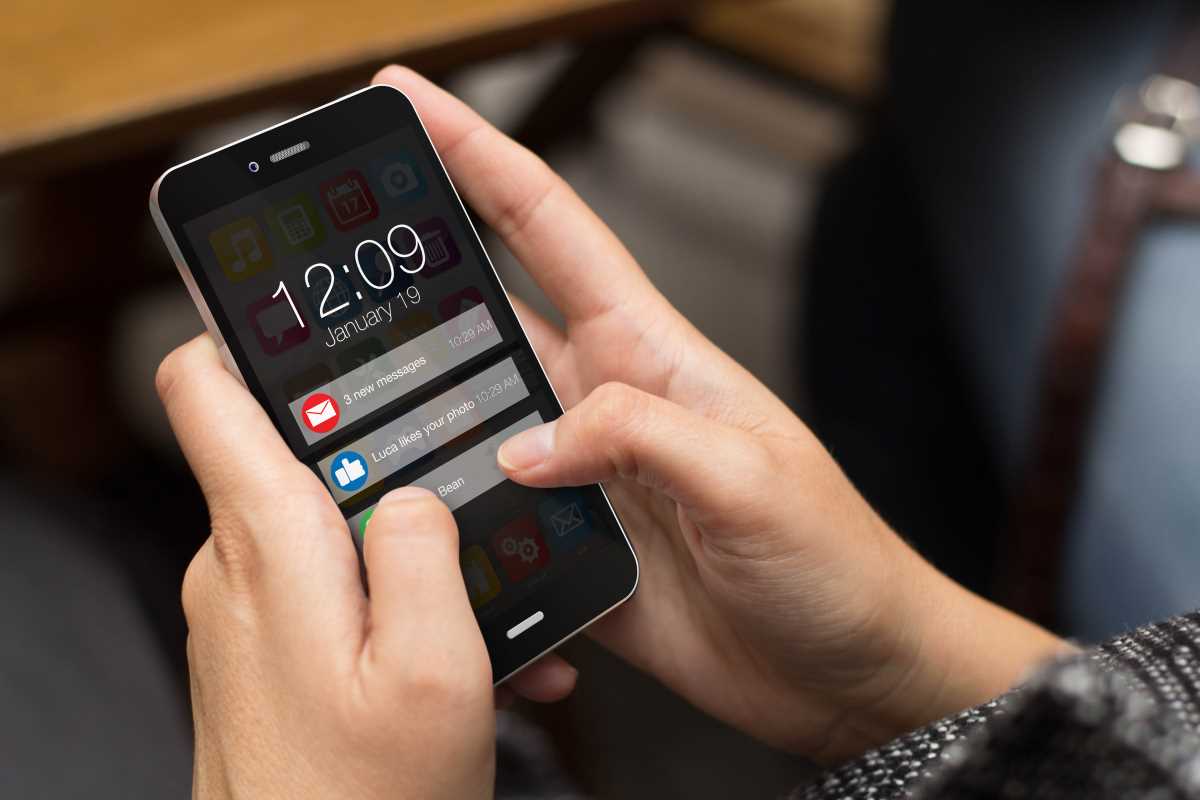Long workdays often demand a relentless level of focus and energy. Hours can slip by in a blur of meetings, emails, and deadlines, leaving little room for rest. Over time, this lack of recovery takes a toll, leading to burnout, diminished productivity, and even health issues. The good news is that finding relief doesn’t have to mean taking long breaks or drastically reducing your workload. Micro-breaks, which are short pauses throughout the day, offer a simple yet powerful solution. By weaving these small moments of rest into your routine, you can not only regain mental clarity but also improve your overall well-being. Here’s how these quick breaks can be game-changers.
Why Burnout Happens During Long Workdays
Burnout creeps in when physical and mental reserves are depleted faster than they can be replenished. Long stretches of concentrated work can cause fatigue to build up, while stress exacerbates the problem, leaving little energy to face the next challenge. Without breaks, productivity suffers as focus wanes and errors multiply. Prolonged periods of stress can also lead to emotional exhaustion, making it harder to stay motivated or engaged with tasks.
Work that requires constant screen use or repetitive motions accelerates this cycle. For instance, staring at a monitor all day can strain your eyes, cause headaches, and reduce cognitive performance. Similarly, sitting for hours without moving can lead to stiffness, discomfort, and slower circulation, all of which sap energy. This combination of physical strain and mental fatigue creates a perfect storm for burnout. Micro-breaks serve as protective buffers, helping to reset both body and mind.
The Role of Micro-Breaks in Maintaining Energy and Focus
Micro-breaks capitalize on the idea that a short pause can go a long way in combating fatigue. These breaks, often lasting between 30 seconds and 5 minutes, allow you to quickly recharge without sacrificing the flow of your workday. The key benefit lies in breaking up monotony and resetting the mental and physical strain accumulated throughout sustained focus. It’s like hitting the refresh button just when your system is starting to slow.
The science supports this approach. Studies show that micro-breaks improve cognitive performance and concentration, allowing people to feel more energized and alert. When you step away, even momentarily, the change in activity stimulates different parts of the brain, helping you return to your work with a clearer mind. Physically, brief stretches or small movements during micro-breaks enhance circulation, reducing stiffness and discomfort from hours spent in a fixed position.
How to Incorporate Micro-Breaks Into Your Day
Building micro-breaks into your daily routine takes conscious effort at first, but it quickly becomes second nature. A simple starting point is aligning your breaks with natural pauses in your workflow. For example, taking a short breather after finishing a call or completing a task can serve as a reset before moving on to the next.
Timing can also be structured more intentionally with methods like the Pomodoro Technique, which involves working for 25-minute intervals and then taking 3-5 minute breaks. These small, planned pauses reinforce the habit of interspersing rest with activity without disrupting productivity.
During micro-breaks, choosing the right kind of activity is crucial. Engaging your muscles or switching your perspective works wonders for your body and mind. Standing up, stretching, or taking a short walk to grab a glass of water gets blood flowing and helps reduce physical tension. Mentally, stepping outside for fresh air or shifting your gaze to something distant gives your brain a chance to recover from information overload.
Combining these brief breaks with mindfulness activities can amplify their effects. Simple practices like focusing on your breath for a minute or doing a quick visualization exercise can help reduce stress, making it easier to manage your workload.
The Impact of Micro-Breaks on Productivity and Well-Being
One of the common myths about breaks is that they waste time or interrupt focus. On the contrary, micro-breaks often enhance productivity. When you pause strategically, those few minutes of rest translate into more efficient and high-quality work. Tasks that once felt insurmountable become more approachable, thanks to the mental clarity gained from regular resets.
The impact on well-being is equally significant. Short bursts of movement or relaxation offset the physical strain caused by long periods of sitting and staring at screens. This means fewer headaches, less back pain, and an overall reduction in stress. Over time, incorporating micro-breaks contributes to sustained energy levels throughout the day, making it easier to sustain focus without feeling completely drained by evening.
Taking micro-breaks can prevent feelings of overwhelm by giving you the opportunity to mentally detach from work, even briefly. These moments of disengagement help protect against the emotional exhaustion that often leads to burnout, fostering a greater sense of balance and control.
Start Small, Stay Consistent
The beauty of micro-breaks is their simplicity. There’s no need for complex planning or drastic changes to your routine. Start by introducing just a few micro-breaks into your day and observe how they impact your focus and energy. Consistency is key to forming the habit and reaping the full benefits of these restorative pauses.
Over time, what might seem like insignificant moments of rest can have a profound effect on how you feel and perform. Micro-breaks offer a sustainable way to manage stress, increase efficiency, and preserve your well-being during long workdays. By making them an integral part of your routine, you can face even the busiest days with confidence and clarity.







